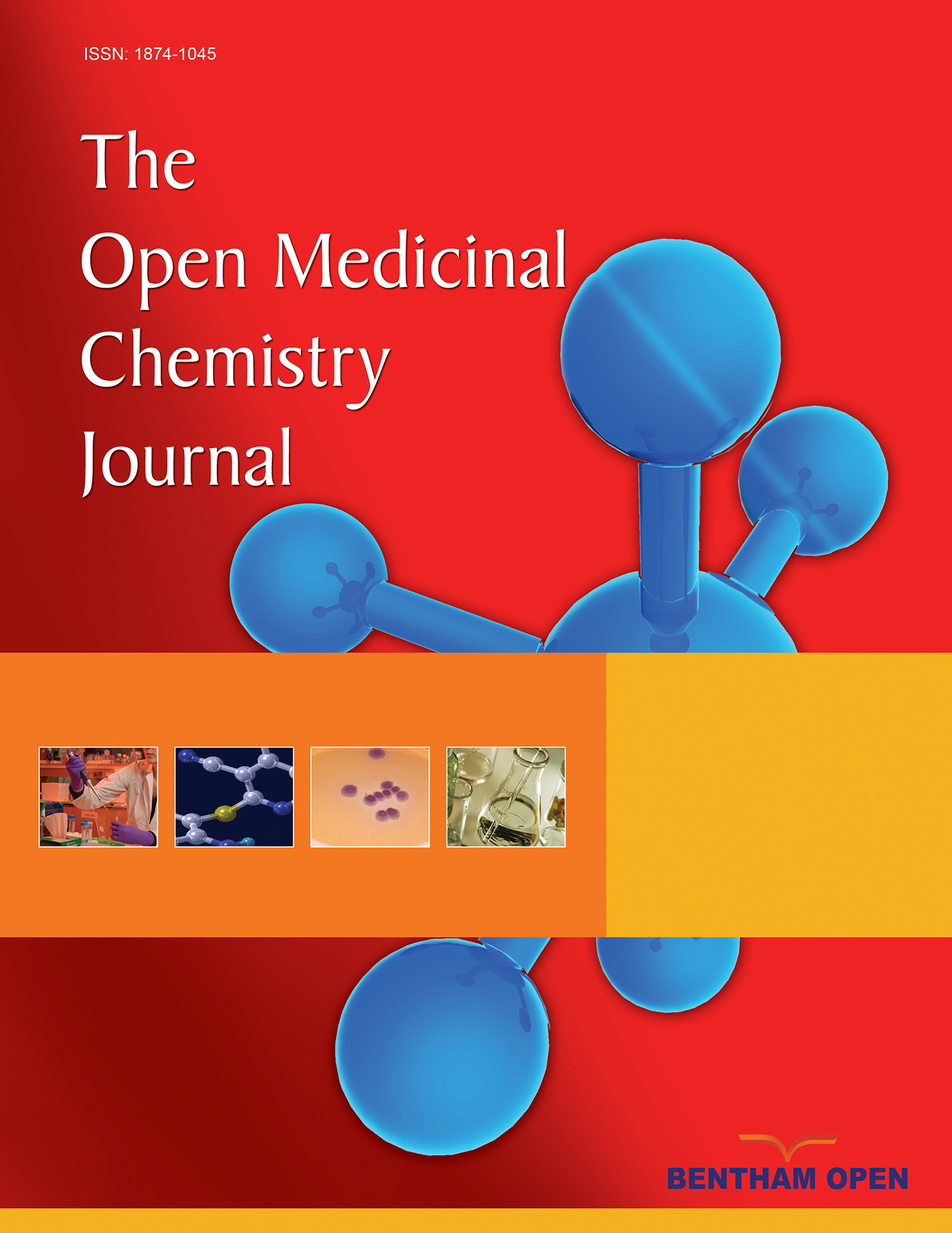A Review on the Modification of Polysaccharide Through Graft Copolymerization for Various Potential Applications
Abstract
Introduction:
Graft copolymerization is one of the most promising technique uses to modify the properties of naturally available polymers with a minimum loss in their native characteristics.
Methods and Materials:
Graft copolymerization is a very significant technique to add hybrid properties in backbone of polymers. The grafting generally initiated through the formation of free radical centers on the polymer backbone as well as monomer.
Results:
Grafted polysaccharides have various applications in different important scientific areas such as drug delivery, pharmaceutical field, plastic industry, waste water treatment, tannery effluent treatment, textile industry, agriculture area, etc. all of this fascinated us to summarize the major research articles over the last two decades outlining different methods of grafting, surface modification, graft copolymerization of synthetic and natural polymers.
Conclusion:
Various redox initiator systems viz. Ceric ammonium nitrate, per sulfate, Irradiation, FAS-H2O2etc. is also explored for grafting of vinyl through conventional and non-conventional techniques.


